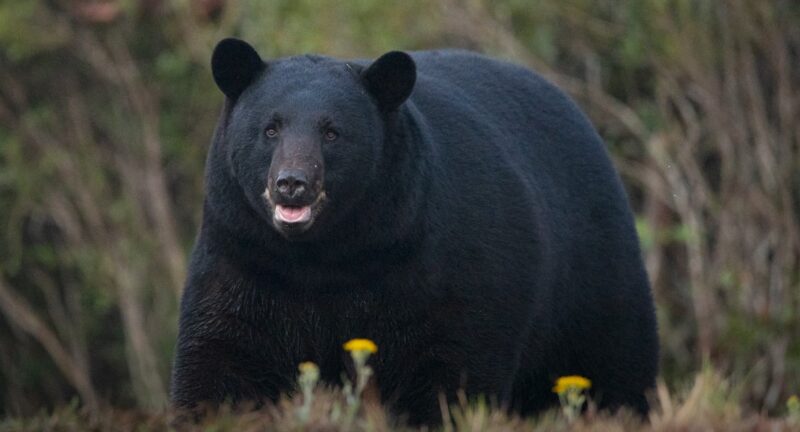Black bears, known scientifically as Ursus americanus, are undoubtedly one of the most adaptable and intriguing species residing in the vast wilderness of North America. This species is admired and revered for its awe-inspiring strength, grace, and unexpected swiftness.
This profound curiosity about the black bear’s physical abilities provokes a question in the minds of many: “How fast can a black bear run?” This piece aims to explore this question in depth, offering a comprehensive understanding of the black bear’s astonishing speed and the factors influencing it.
Physical Characteristics of Black Bears
A critical starting point in our exploration is an understanding of the black bear’s physical characteristics. Adult bears present an impressive display of strength and mass. Males, typically larger than females, weigh anywhere from 130 to as much as 660 pounds. On the other hand, females usually weigh between 90 to 180 pounds.
General Speed and Agility
Appearances can be deceptive, and in the case of black bears, this saying holds. Despite their somewhat lumbering appearance and substantial weight, black bears are extraordinarily nimble and agile. Their bodies are engineered for swift and graceful movements across diverse terrains.
From the thick, impenetrable forests that they commonly inhabit to the rugged landscapes of rocky mountains, the dark colored type move with surprising dexterity. Even on flat ground or uphill terrains, their bodies adapt to deliver maximum speed, making these animals remarkably versatile.
Average Running Speed
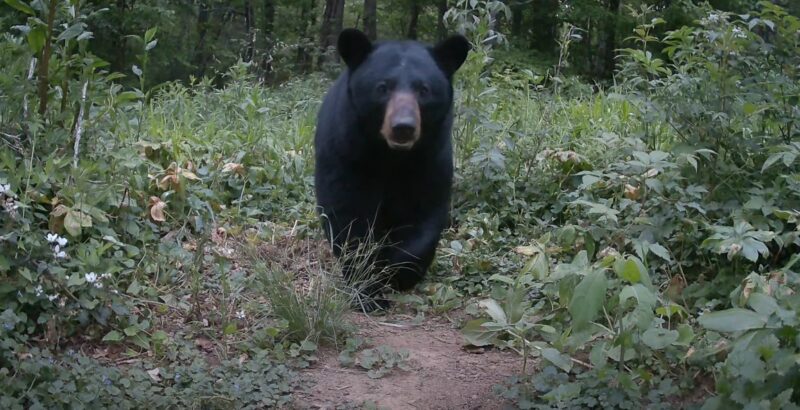
Though they may not appear designed for speed, black bears are swift runners. Despite their size, an average black bear can achieve running speeds of approximately 30 to 35 mph during short sprints. This is an impressive display of athleticism, considering the bear’s substantial weight.
Factors Affecting Speed
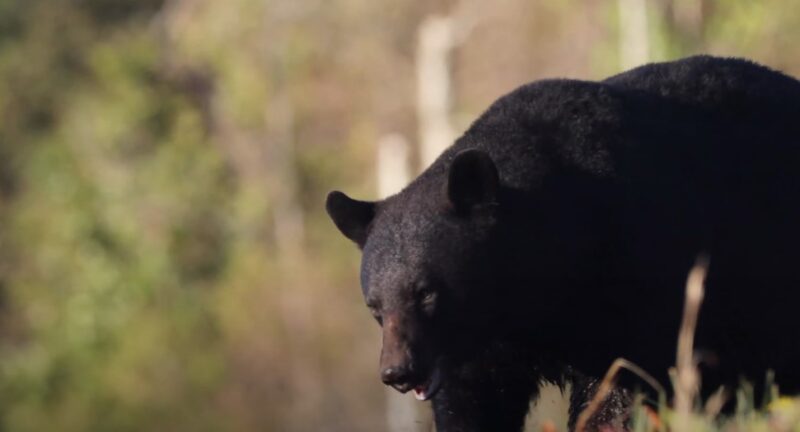
Several factors can influence a black bear’s running speed. Age is a significant determinant; younger bears are typically swifter than their older counterparts due to their more robust health and vitality. Similarly, the overall health of the bear impacts its running capabilities.
Bears in good health, with sufficient nutrition and no injuries, can achieve higher speeds than those suffering from illness or malnourishment. Lastly, the terrain also plays a critical role in determining a bear’s speed. While they are remarkably adaptive, challenging terrains such as thick forests or steep slopes may slow them down.
Sprinting Abilities
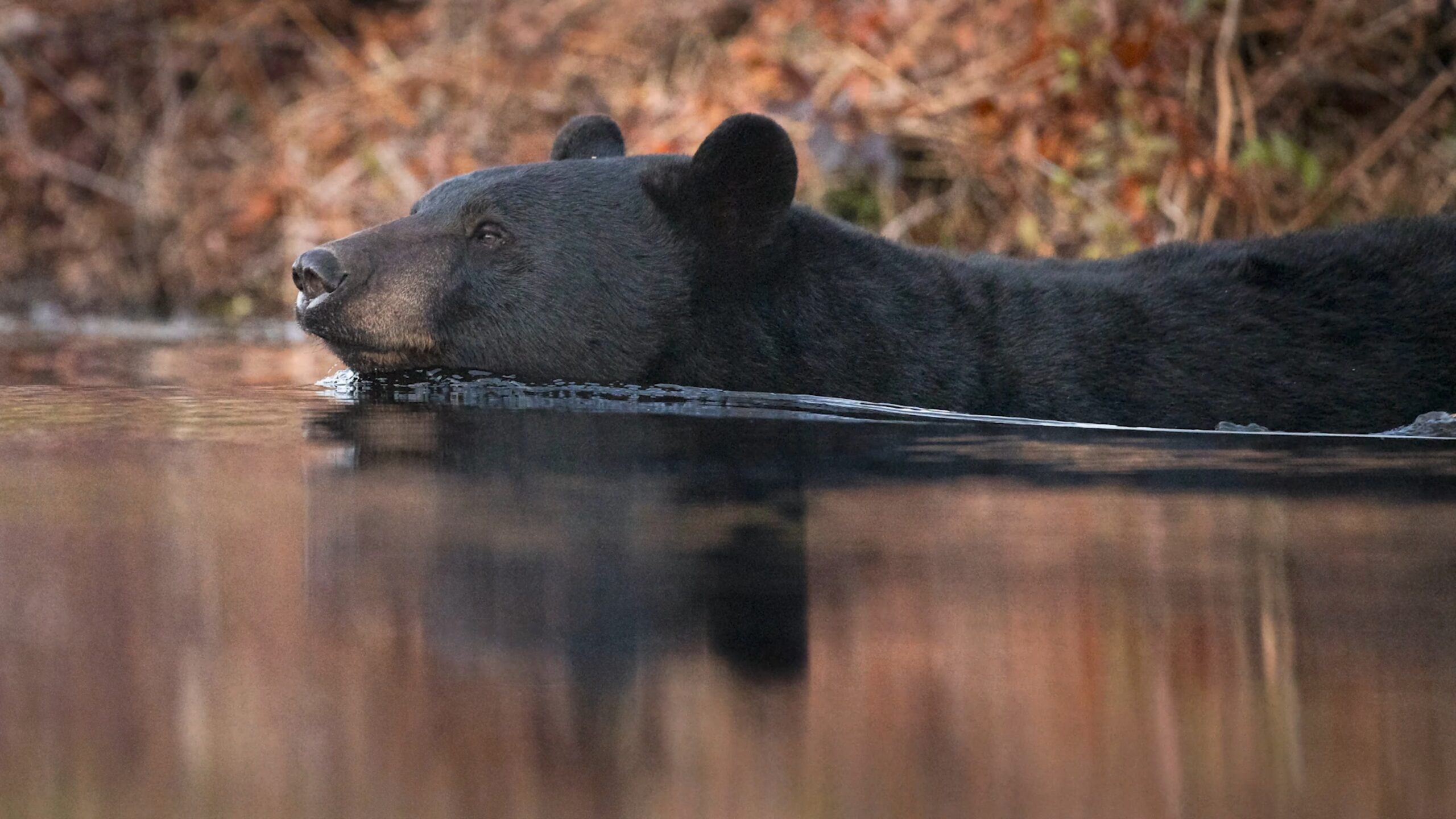
Black bears can unleash a surprising burst of speed during sprints. They can reach top speeds of up to 40 mph in short, adrenaline-fueled bursts, and show a remarkable display of their athletic capabilities.
Maintaining this speed over long distances is not within their capability due to their energy-intensive movement. This ability to sprint is particularly useful in evading predators, defending territory, or catching prey.
Hunting and Chasing Prey
Interestingly, black bears primarily use their speed and agility to evade danger rather than hunting. They are omnivores with a diet leaning heavily towards plant matter.
When they do pursue prey, their incredible speed becomes a considerable advantage, enabling them to catch smaller, nimble animals that other predators may struggle to secure.
Climbing and Swimming Abilities
In addition to running, these animals are skilled climbers and swimmers. Their powerful limbs enable them to scale trees with surprising ease, which is an ability they use to escape predators, find food, or seek rest.
Comparison with Other Animals
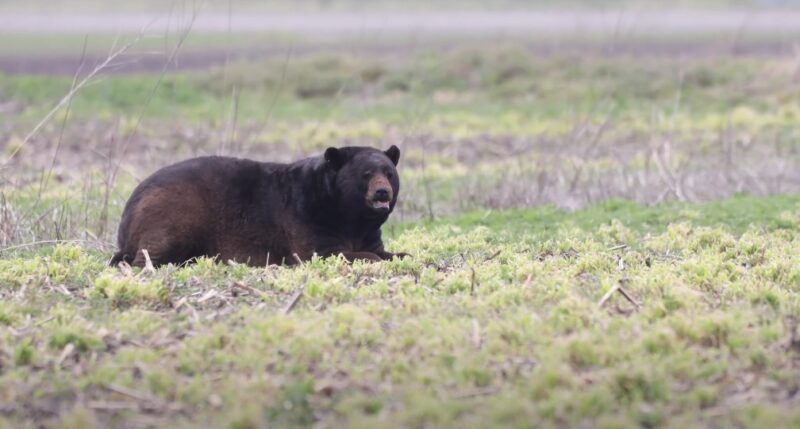
In the vast animal kingdom, black bears’ speed is notable, but not unrivaled. For instance, grizzly bears, a close cousin, can reach similar speeds of up to 35 mph.
When compared to the speediest land animal, the cheetah, which can reach an astounding 60 mph, these animals fall behind. Nonetheless, considering their size and lifestyle, their speed is an impressive trait.
Human Encounter and Safety
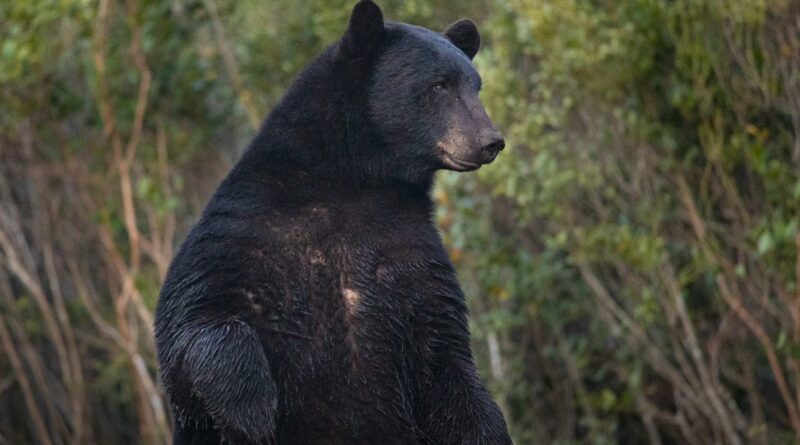
Encountering a black bear in the wild is a situation that requires careful response. It’s vital to remember that trying to outrun a bear is futile—they can outrun humans with ease.
Instead, it is advised to stand tall, make loud and firm noises, and back away slowly without turning your back on the beast. Running can trigger a chase instinct in the bear, a race one cannot hope to win.
Record-Breaking Cases
While precise speed measurement is difficult in the wild, there have been anecdotal accounts of black bears reaching speeds slightly above the estimated average, particularly when they feel threatened or are in pursuit of prey.
However, these instances should be viewed as exceptions rather than the rule, and further research is required to validate such claims.
Conclusion
Through the lens of their running speed, we gain a unique perspective on black bears, these formidable creatures of North American wilderness. Their capacity to reach high running speeds is not merely a fascinating fact; it is integral to their survival, aiding in hunting, evading threats, and traversing their diverse habitats.
This exploration underscores the incredible adaptability and capability of these bears, reminding us of the untamed majesty hidden within the world’s wild corners.
FAQ
Trying to outrun a black bear is futile, as they can easily outrun humans. Instead, stand tall, make loud and firm noises, and back away slowly without turning your back on the bear.


